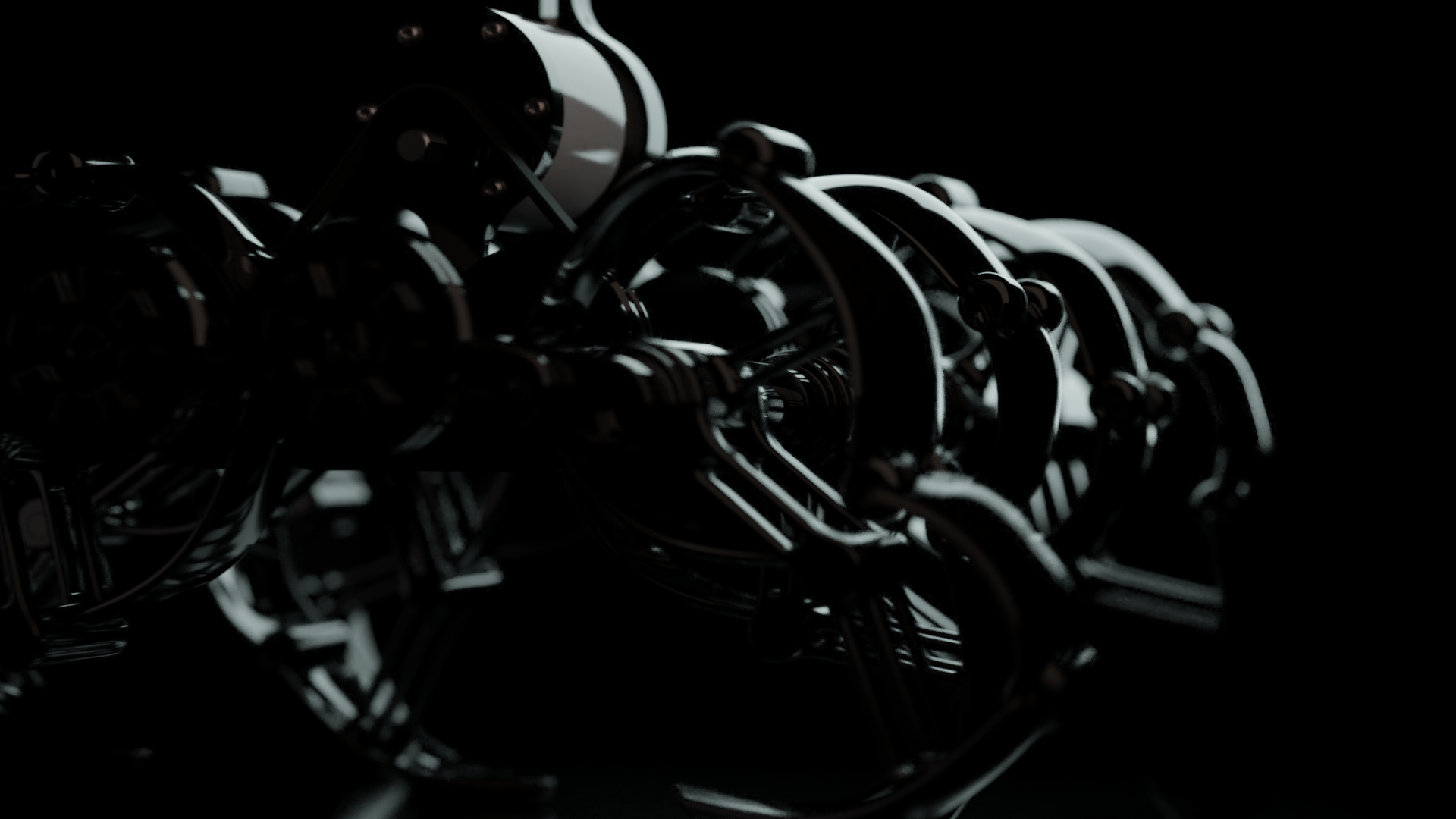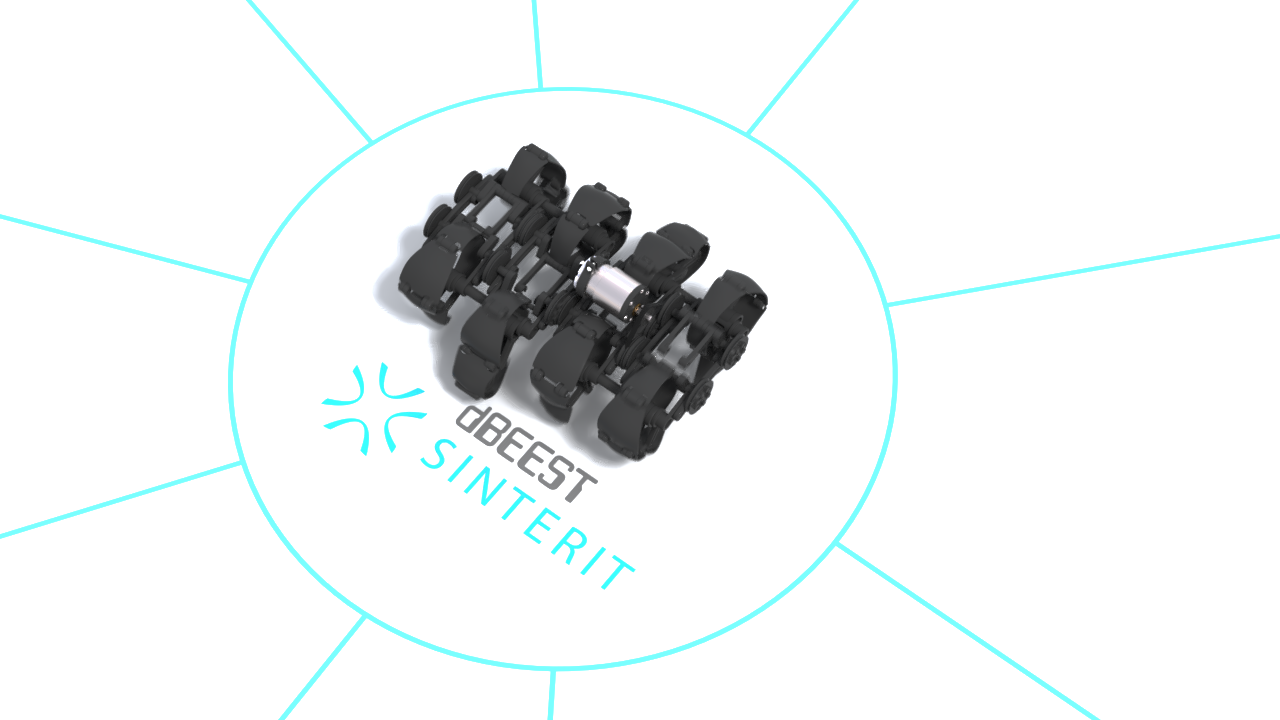 It was an exciting competition with a great prize, and I decided to give it a go. After some head scratching and other meditative processes I decided to design a more futuristic strandbeest that could be easily printed and assembled using SLS technology which lies at the heart of the prize’s offerings.
It was an exciting competition with a great prize, and I decided to give it a go. After some head scratching and other meditative processes I decided to design a more futuristic strandbeest that could be easily printed and assembled using SLS technology which lies at the heart of the prize’s offerings.
Below is the video I produced for your delectation. And no, I did not win. Oh well. Moving on, nothing to see here.
And in the interests of recycling, here is the description I wrote for the entry page.
Designed specifically for the Sinterit printer, this strandbeest variant showcases the printer’s capabilities. It’s a slightly different take on the usual Jansen’s linkage, combining both an organic and mechanical design language.
Jansen’s linkage is what lies at the heart of strandbeests, and they really fascinate me. Deceptively simple, these complex linkages produce a basic walking cycle, requiring only one rotating input. Using a series of cranks, complete units can be easily assembled and attached, all powered by one source, in this case a fairly common electric motor.
I wanted an organic design that would contrast the mechanicals of the linkage, hence the curved surfaces of the outer bars, and the rigid-looking inner bars.
Above all, I wanted this to be an easy print and simple to assemble with minimal tools whilst showcasing the printer’s capabilities, so everything is a snap-fit or printed assembled, with the exception of the motor mount because I didn’t have much choice there. Since this model is designed specifically for SLS type printing it’s going to be a struggle to print the parts using FDM or SLA.
The main linkages – the legs – are printed as one part and fit into the build volume with plenty of clearance. All the joints have sufficient clearance to make this possible, so they require no assembly at all. The main bearing has drainage vents to make clearing the powder easier. All the other parts fit neatly into the build volume as well, and you can probably fit all the rest into one print session.

